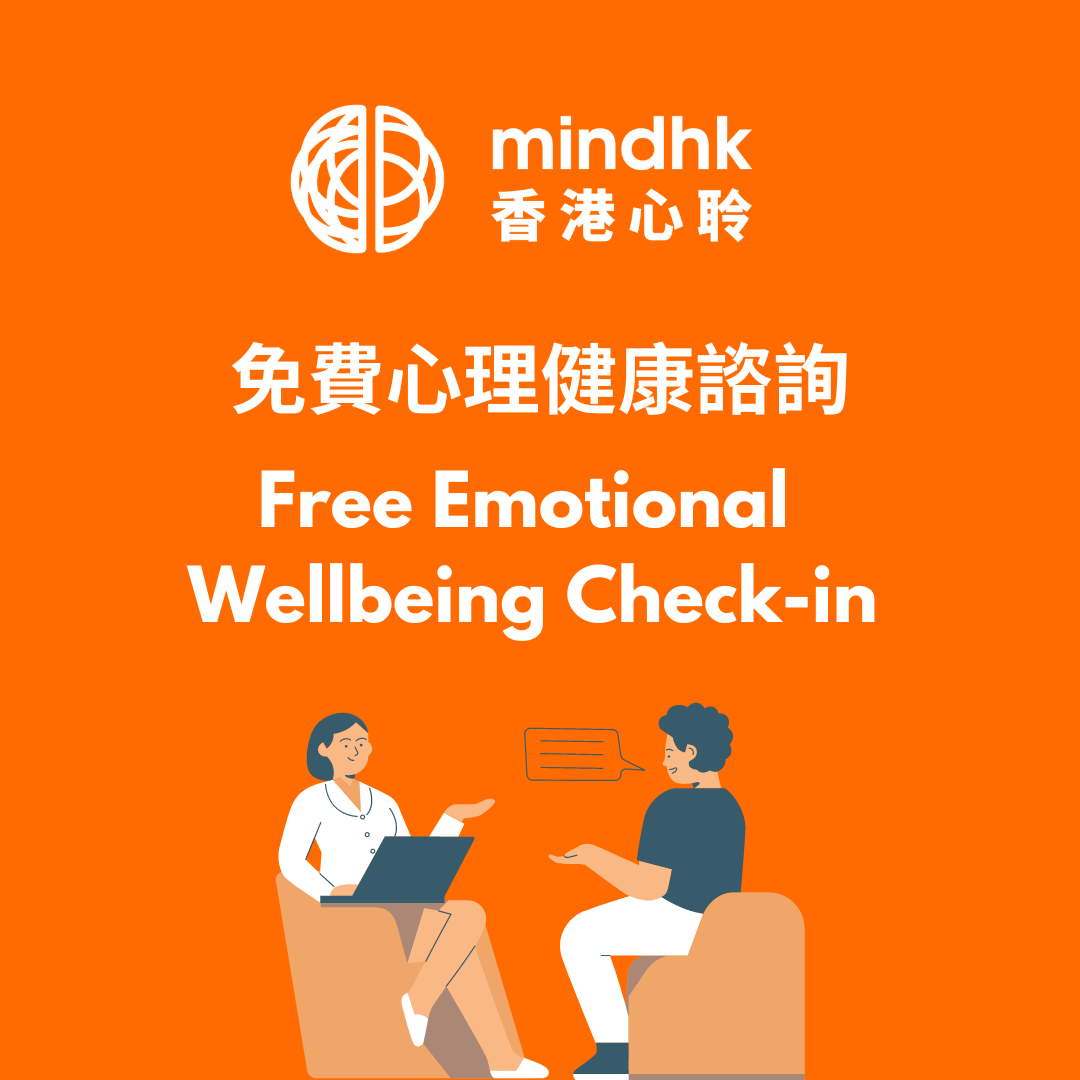What treatments are available?
“At times I felt that nothing was going to end the distress I was feeling, experiencing more than 10 flashbacks a day of the abuse I suffered as a child. It was a long process of recovery, with lots of bumps along the road, but the right medication and long-term therapy with someone I came to trust, has changed my life”
If you have mild symptoms of PTSD or you have had symptoms for less than four weeks, your family doctor may recommend watchful waiting. This means monitoring your symptoms yourself to see if they get worse or if they improve. If this is the course of action your family doctor recommends and you feel comfortable with it, you should have a follow-up appointment within one month.
Your family doctor may be able to refer you to a local practitioner who has been trained in treating PTSD, such as a psychotherapist. Getting professional help can take time – waiting lists for talking treatments in particular can be long. You may want to consider seeing a therapist privately – but be aware that private therapists usually charge for appointments. There are different treatments available for PTSD and it is important you are able to find the right treatment approach for you.
Trauma-focused cognitive behaviour therapy (CBT)
CBT is a talking treatment based on changing the way we view things, such as trying to change negative ways of thinking into more positive ones. If you have been through a traumatic experience, you may expect that you will go on experiencing the negative feelings associated with it. You may also expect that certain triggers will always bring up old unwanted feelings.
Trauma-focused CBT helps you to recognise these expectations and try to find a more useful way of reacting and behaving. It may help you to restart activities that you have been avoiding, for example travelling on public transport, and can help you to cope with other symptoms. Therapists delivering this treatment need to have special training to practise.
Eye movement desensitisation and reprocessing (EMDR)
In this treatment, developed in the late 1980s, you make rhythmic eye movements while recalling the traumatic event. The eye movements are designed to stimulate the information-processing system in the brain. The aim of the treatment is to help you process the traumatic events, and speed up readjustment and recovery.
“EMDR made a huge difference to me (I was quite sceptical about it most of the way through, but it seemed in the end to work some sort of magic!)”
Medication
Medication is not normally offered as routine first-line treatment for PTSD. However, you may be prescribed antidepressants as part of your treatment if:
- You are clinically depressed
- You are having difficulty sleeping
- You do not want to receive a talking treatment or do not feel ready to talk
Antidepressants such as Mirtazapine, amitriptyline and phenelzine have also been found to be effective and are sometimes recommended as well. However, amitriptyline and phenelzine should only be used under the supervision of a mental health specialist.
Since antidepressants can be difficult to come off they should be used with caution and with full knowledge of their possible side effects.
Other treatment options
There are other kinds of treatment options available which you may be offered or choose to explore, for example:
- Group therapy – You may be given the option to receive treatment in a group setting. You may be asked to talk about your experience of trauma and the emotions you feel with other people who also have PTSD. The aim of these sessions is to help you understand your experience of PTSD and learn ways to manage your symptoms
- Psychodynamic therapy – Psychodynamic therapy is based on the idea that the past has an impact on your experiences and feelings in the present. The therapy focuses on the emotions you have experienced in response to a traumatic event. It aims to help you learn ways to manage intense emotions
Experts are still evaluating evidence for which kinds of talking treatments can be effective for PTSD, and you may want to discuss this with your family doctor or therapist before pursuing these options.




